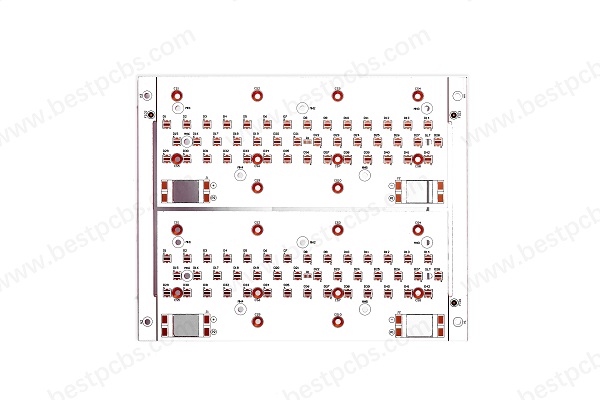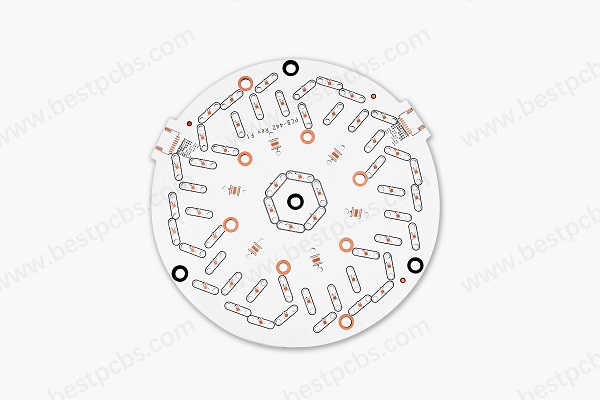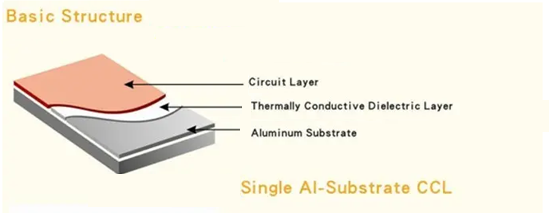PCB aluminium substrate is a go-to solution for high-performance electronics, especially where heat needs quick handling. It is widely used in LED lighting, automotive, and power devices due to its excellent heat conductivity and long-lasting structure.
EBest Circuit (Best Technology) is a leading aluminum PCB board factory in China. Out of necessity, we have the sophisticated equipment in our factory, and we have invited lean agility to better process our customers’ prototypes and large orders as of late. If you have received the prototypes manufactured by us, you will see our advantage in PCB aluminium quality. Our engineering professionalism and relentless dedication to on-time delivery for our PCBs are plain to see in our actions. If you have any recent inquiries regarding the PCB aluminium substrate, we are pleased to respond with a great quote as rapid as we can. Just sent the specific files and details to us at sales@bestpcbs.com.
Â
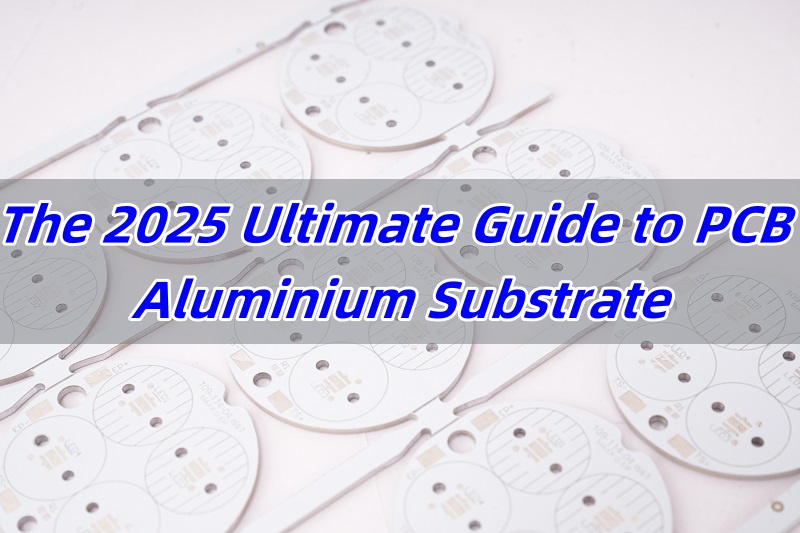
What Is PCB Aluminium Substrate?
PCB aluminium substrate is a special type of printed circuit board that uses aluminium as its base material. This metal base helps in managing heat more effectively compared to standard materials like FR4. It supports better thermal flow, which is key in modern compact devices. This substrate usually includes three layers: the aluminium base, a dielectric layer for insulation, and a copper layer for the circuit.
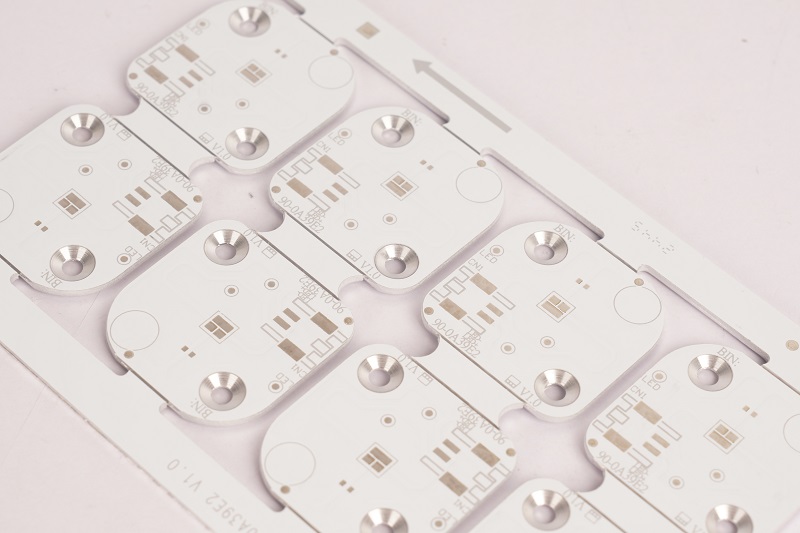
What Is the Difference: Aluminum PCB vs FR4?
Choosing between aluminium PCB and FR4 often depends on the application. Aluminum PCB vs FR4 mainly differs in heat management. FR4 is a common glass-reinforced epoxy material with low heat transfer. In contrast, aluminium PCB quickly removes heat from components. Aluminium boards also offer higher durability and support higher current loads. On the other hand, FR4 is more flexible for complex circuits but not suitable for high-power or high-temperature tasks.
| Feature | Aluminum PCB | FR4 PCB |
|---|---|---|
| Base Material | Aluminum metal | Glass-reinforced epoxy resin |
| Thermal Conductivity | High (1.0â3.0 W/m·K) | Low (0.25â0.3 W/m·K) |
| Heat Dissipation | Excellent | Poor |
| Mechanical Strength | Strong and rigid | Moderate strength |
| Flexibility in Design | Limited | High (supports multilayer and flexible) |
| Current Carrying Capacity | High | Moderate |
| Cost per Unit | Higher than FR4 | Lower than aluminum PCB |
| Typical Applications | LED lighting, power modules, automotive | Consumer electronics, communication |
| Temperature Resistance | High | Lower |
| Weight | Heavier | Lighter |
| Durability | Very durable | Less durable under high heat |
What Is Aluminum PCB Dielectric Material?
The dielectric layer in an aluminium PCB is key for thermal transfer and electrical insulation. This layer sits between the aluminium base and the copper circuit. It is usually made from thermally conductive material, helping move heat away from the circuit. The quality and thickness of this layer affect both the performance and price of the board. At EBest Circuit (Best Technology), we use high-grade dielectric to ensure low thermal resistance and high reliability.
What Is the PCB Aluminium Substrate Price?
The PCB aluminium substrate price can vary based on factors like board size, copper thickness, and thermal needs. Basic aluminium boards for LEDs are quite affordable, while complex ones for power electronics cost more. Bulk orders often reduce the unit cost. At EBest Circuit (Best Technology), we offer competitive rates with added value from expert support and quality control.
How to Choose PCB Substrate Types?
Selecting PCB substrate types depends on your project needs. Consider heat levels, power load, size, and cost. If your design generates much heat or requires high strength, aluminium is ideal. For less heat and lower costs, FR4 might work. There are also ceramic and flexible substrates for special cases. Our engineers at EBest Circuit (Best Technology) help customers pick the right substrate by reviewing their designs and offering practical advice.
| Criteria | Aluminum PCB | FR4 PCB | Ceramic PCB | Flexible PCB |
|---|---|---|---|---|
| Thermal Conductivity | High | Low | Very High | Low |
| Heat Dissipation | Excellent | Poor | Excellent | Poor |
| Mechanical Strength | High | Moderate | High | Flexible (low rigidity) |
| Design Flexibility | Limited | High (multilayer possible) | Moderate | Very High |
| Cost | Medium to High | Low | High | Medium |
| Applications | LED, power devices, automotive | Consumer electronics, general use | High-frequency, medical, aerospace | Wearables, compact devices |
| Weight | Heavier | Light | Moderate | Light |
| Durability | High (for harsh environments) | Moderate | Very High | Lower (needs careful handling) |
When to Use Aluminum Substrate PCB?
Use aluminum substrate pcb when thermal control is a priority. It’s perfect for LED lights, power supplies, automotive modules, and audio gear. These devices produce heat that needs quick removal to avoid failure. Aluminium boards help extend product life and ensure stable performance. They are also used in medical and military tools where dependability matters. In short, if heat affects your circuitâs life or performance, aluminium is worth considering.
Which Inspection Steps Are Included in the Aluminium PCB Production Process?
At EBest Circuit (Best Technology), every aluminium PCB manufacturing process follows strict inspection. The steps include:
- Incoming material checks â ensuring aluminium sheets meet quality standards.
- Copper circuit inspection â checking for cracks, shorts, or missing lines.
- Dielectric thickness check â measuring thermal insulation uniformity.
- Dimensional accuracy â verifying board size and hole placement.
- Thermal test â confirming heat transfer capability.
- Electrical test â verifying circuit continuity and insulation resistance.
- Final visual check â ensuring the finish is smooth and defects-free.
We also offer custom test setups based on your projectâs needs, helping catch hidden issues before delivery.
Why Choose EBest Circuit (Best Technology) for Manufacturing Aluminium PCB Board for LED?
Choosing the right manufacturer for aluminium PCB board for LED can solve many hidden challenges. Many customers face late deliveries, unclear communication, and inconsistent quality. EBest Circuit (Best Technology) solves these with a professional engineering team, fast production lines, and strict quality control.
On-Time Delivery
Fast production lines help us ship your boards on schedule, avoiding project delays. EBest Circuit (Best Technology) has an on-time delivery rate of 97%.
Clear Communication
Our team responds quickly and keeps you updated at every step. Our sales are not mere messengers; we grasp the full knowledge of the PCB aluminium substrate. You don’t need to keep waiting for a viable solution or answer after the sales confirm with the engineers.
Strict Quality Control
We help you optimize aluminum PCB design to improve heat transfer and reduce cost. We use high-grade materials and help fix design issues before production. In each manufacturing process, there are strict QC checks, followed by ISO 9001, ISO 13485, IATF 16949, AS9100D, UL, REACH, and RoHS standards.
Professional Engineering Support
Our engineers have valuable experience in offering custom solutions for different applications, from prototype to box build. If you want to do custom aluminium PCB sheet sizes, just find EBest Circuit (Best Technology).
To conclude, EBest Circuit (Best Technology) values your time and goals, aiming for a smooth and worry-free experience. Any doubts or questions you would like to inquire, just let us know at sales@bestpcbs.com.
Â
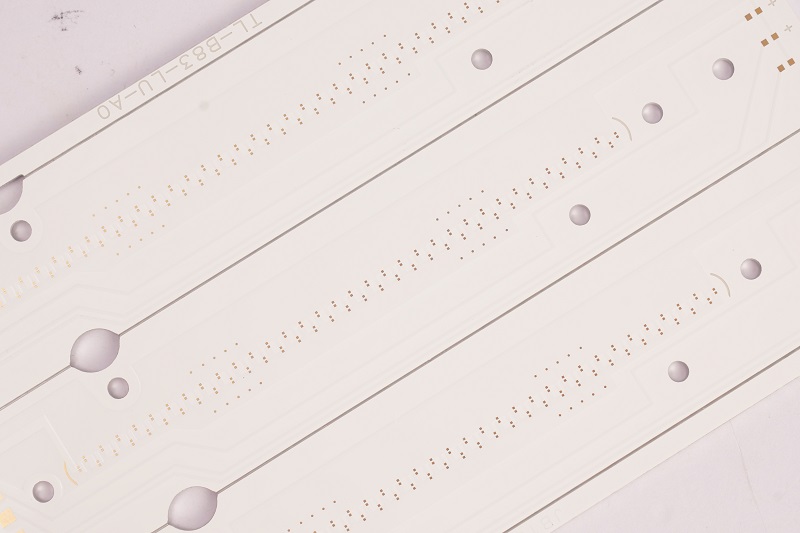
In a nutshell, PCB aluminium substrate is a smart choice for modern electronics, offering strong heat control and durability. It’s perfect for LEDs, power tools, and more. Knowing the differences between aluminium PCB and FR4, understanding dielectric materials, and learning about PCB aluminium substrate price helps in making better decisions. Choosing the right partner, like EBest Circuit (Best Technology), ensures your boards are reliable, cost-effective, and delivered on time. We help customers overcome typical issues in aluminium PCB manufacturing by offering quality materials, expert support, and fast lead times. A warm welcome to get a free DFM analysis and a particular quote from us. Just share your Gerber Files, the detailed requirements, and the order quantity with us at sales@bestpcbs.com.
Â



